When you stand in front of an abstract painting, what do you see? Maybe it’s a swirl of colors, bold shapes, or chaotic lines. Or maybe you feel… confused. What does this even mean? But here’s the thing—abstract art isn’t about what you see on the surface. It’s about what it makes you feel.
Let’s dive into the world of abstract art, a place where rules are broken, and imagination runs wild. But don’t worry—you don’t need a degree in art history to understand it. You just need to open your eyes (and maybe your heart).
What Is Abstract Art, Anyway?
Imagine trying to paint happiness. Or fear. Or the sound of rain tapping on your window. That’s where abstract art begins. It doesn’t try to copy reality like a photograph. Instead, it translates emotions, ideas, and experiences into colors, lines, and shapes.
Abstract art says, “Forget what you know. Let’s create something new.”
Why Did Artists Start Painting Abstractly?
Back in the early 1900s, artists were getting tired of painting things exactly as they looked. Cameras were already doing a great job of capturing real life. So, artists asked themselves, What else can art do?
This question gave birth to abstract art. It wasn’t about painting a tree or a person anymore. It was about capturing the essence of something—the mood, the energy, the emotion. Artists like Wassily Kandinsky believed that colors and shapes could be like music, hitting emotional notes without needing to show a recognizable scene.
The Magic Behind Abstract Art
Here’s the cool part: abstract art isn’t just for the artist. It’s for you. When you look at an abstract painting, your brain tries to make sense of it. Maybe that swirl of red feels like anger. Or those soft blue circles remind you of calm ocean waves. The beauty is that everyone sees something different.
Think of abstract art as a mirror. It reflects your own feelings, memories, and thoughts. What you see today might be completely different from what you see tomorrow.
Famous Abstract Artists Who Changed the Game
- Wassily Kandinsky: He’s often called the father of abstract art. His paintings are like visual symphonies—vibrant, dynamic, and full of emotion.
- Jackson Pollock: Ever heard of “drip painting”? That’s Pollock’s style. He’d fling paint onto a canvas, letting his movements tell the story.
- Hilma af Klint: She was painting abstract works before it was even “a thing.” Inspired by spirituality, her art feels like stepping into another dimension.
- Mark Rothko: His giant blocks of color aren’t just pretty—they’re meant to make you feel something deep, even if you can’t explain it.
Why Abstract Art Matters Today
In a world full of rules, deadlines, and expectations, abstract art gives us freedom. It doesn’t tell you what to think or how to feel. It invites you to slow down, look closer, and find your own meaning.
Abstract art is like a visual adventure. You don’t know where it will take you, but that’s the fun of it.
How to Enjoy Abstract Art (Even If You Think You Don’t Get It)
- Forget the “Right Answer”: There isn’t one. Abstract art isn’t a puzzle to solve. It’s an experience to feel.
- Focus on What You Feel: Do the colors make you feel calm or excited? Do the shapes remind you of anything?
- Let Your Imagination Play: Sometimes, the less you try to understand, the more you enjoy it.
Final Thoughts: Abstract Art Is for Everyone
You don’t need to be an artist to love abstract art. You don’t need fancy words to talk about it. All you need is an open mind.
Because at the end of the day, abstract art is more than paint on a canvas. It’s a conversation—between the artist, the artwork, and you. And who knows? You might just discover something new about yourself along the way.

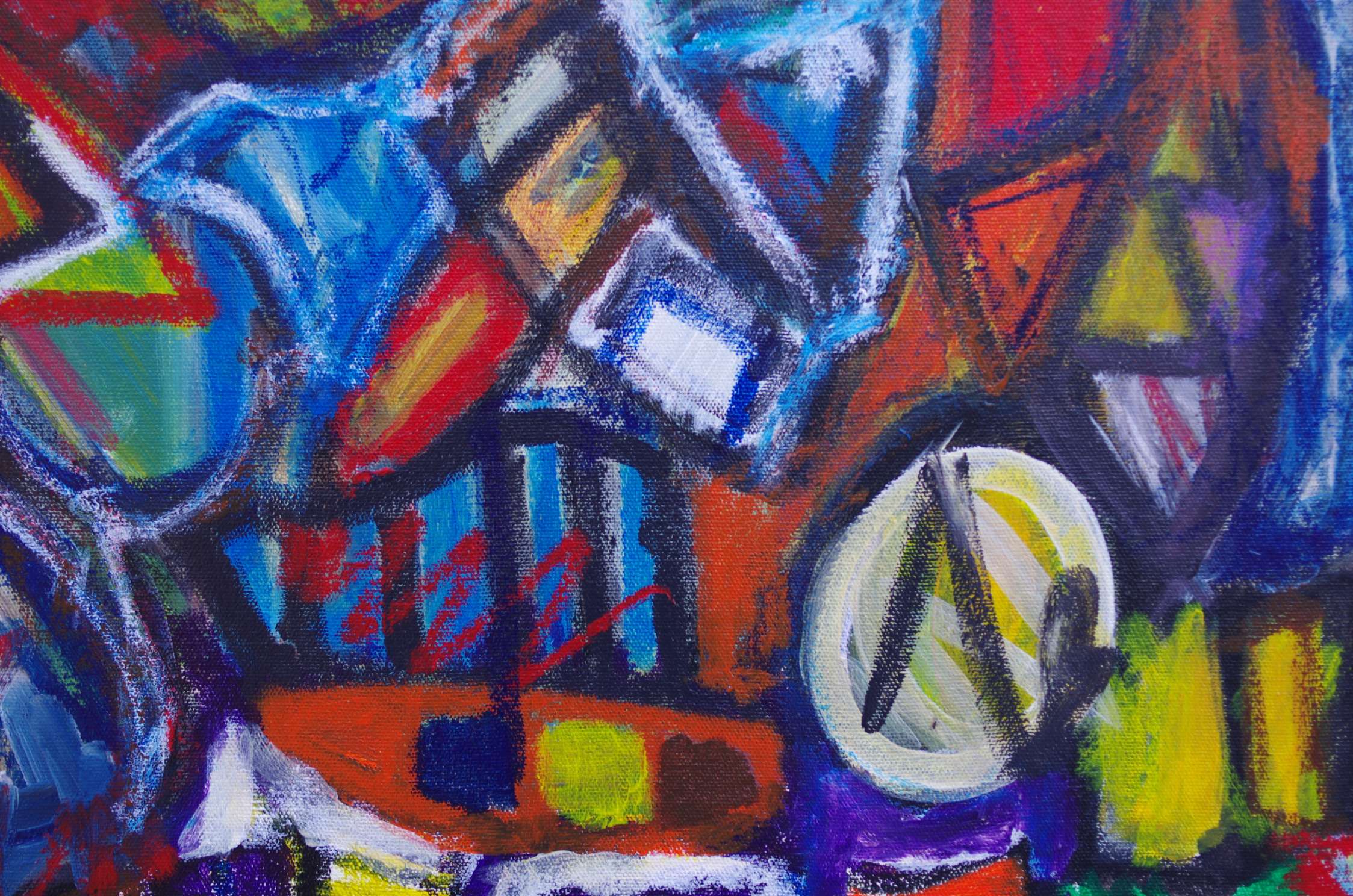
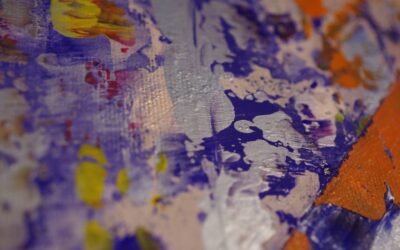
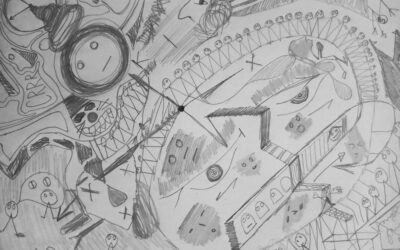

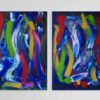

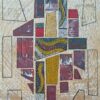

0 Comments